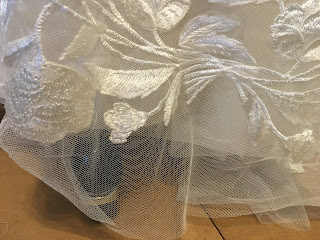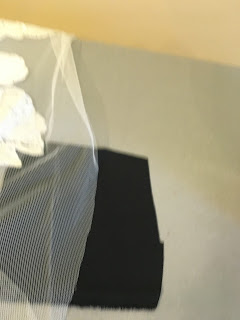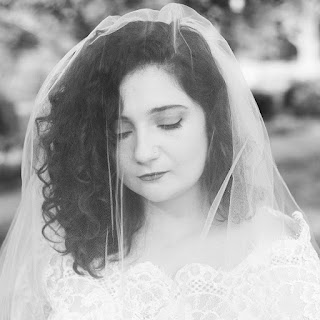This post is more of a personal journal entry for me. When I look back I might not remember doing this and I really want to remember it, crazy but I do. Covid, whatever side you fall on, has changed the way we do things. For me, for a period of time, it changed the way I did fittings. At the beginning of the pandemic, I was just going to pause until life got back to somewhat normal again - no fittings, no alterations. As video meetings started becoming the “new norm” for businesses and schools, I thought why not? At the very least, I thought I should give it a go to see if was even possible for me to do work this way.
To my surprise, it actually worked, not as ideal as meeting in person, but video appointments definitely made it possible for me to keep doing alterations for brides, I met with 6 brides over the last year and a half who I needed to do at least one video fitting with.
Last December, life was getting somewhat normal again for me - I was back to doing in person fittings, masked up. For one bride, I had all but her final fitting in person. Our appointment was set but then her fiance tested positive for covid. Playing it safe, we did a porch pick up - I hung her dress on my porch and she picked it up. Unfortunately, I was not able to do a final fitting with her to make sure everything fit the way she wanted it to.
After trying the dress on at home, she wanted the bustle length adjusted so we met via FaceTime.
Here we are during her video appointment - her roommate is marking the point where the bustle needed to be pulled up to as I walked her through how to do it.
 |
After the fitting, the bride dropped the dress off to me. I made the adjustments and then delivered the dress to her.
Her bustle:
To the few brides I could not meet with in person for some or all of your fittings, thank you for trusting this process. It’s been over a year since this appointment and I am happy to be back to in person fittings.
Maybe someday I’ll have an opportunity to do work for someone who doesn’t live near me and I can offer the option of video fittings. I don’t think I would ever have thought it was possible before the pandemic.
Thank you for reading this one! If you want to keep reading, the rest is about the other alterations made to her dress.
*********************
Starting with the back of the dress, I needed to replace the top loop because it was too small and would not fit around the top button easily. I had similar looping that was a very close match to what was on the dress - I love when that happens, it makes repairs so easy when I have the materials on hand.
Shown below is the piece of new looping placed over the loops on the dress - I am only replacing the top loop, notice the size difference, this smaller loop is what I’m replacing. The extra looping will be cut away.
 |
| Stitching the new loop in place over the existing loop, temporarily |
 |
| The extra loops are now cut away, leaving the new loop (smaller loop still attached) |
 |
| Small loop cut off leaving the new, larger loop |
 |
| New loop fits around button much easier |
 |
| The original length - the new skirt edge was going to be cut just below the applique |
 |
| New hemline, pinned and ready to be pressed |
 |
| Pressing the fold line - this will be my cut line |
 |
| To make the fold line (cut line) more visible, I placed a piece of black fabric under the tulle |
 |
| Cutting along fold line |
 |
| New hemline |









































